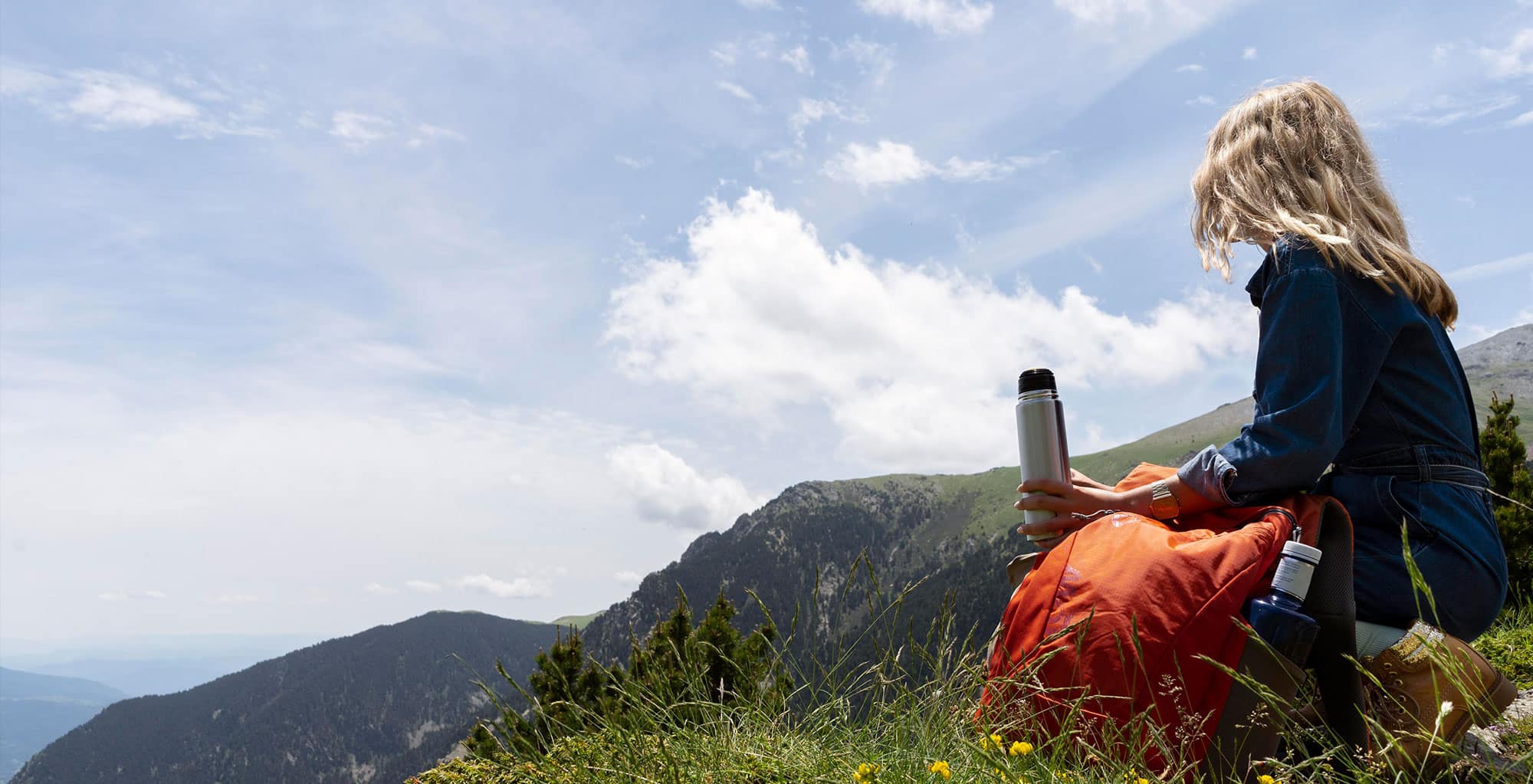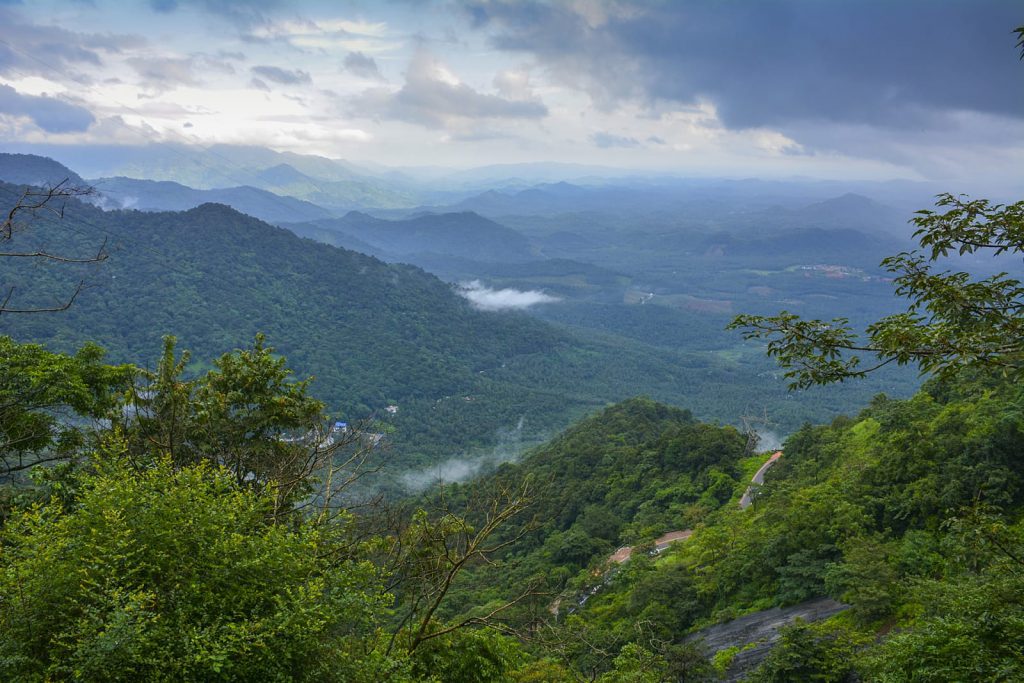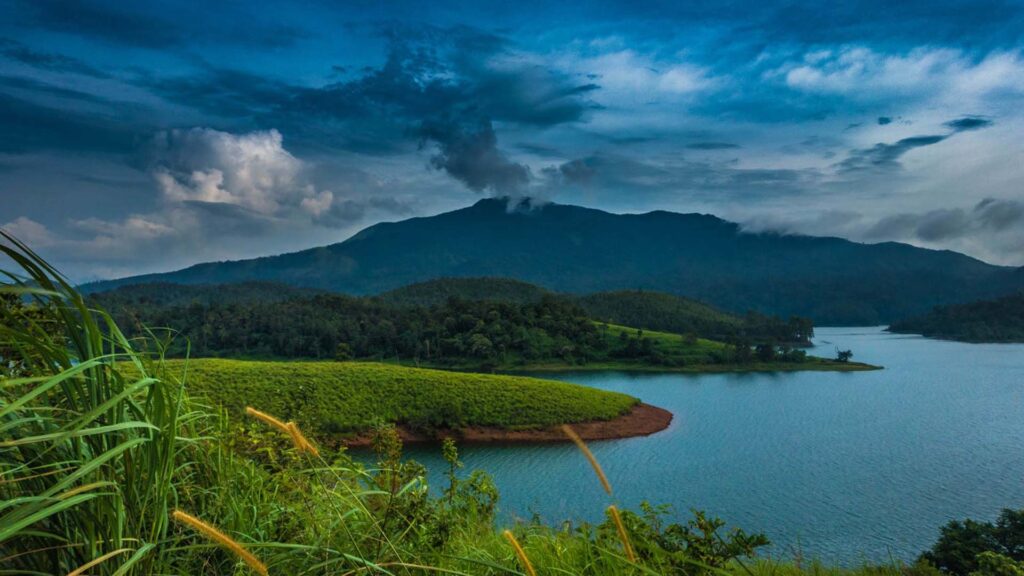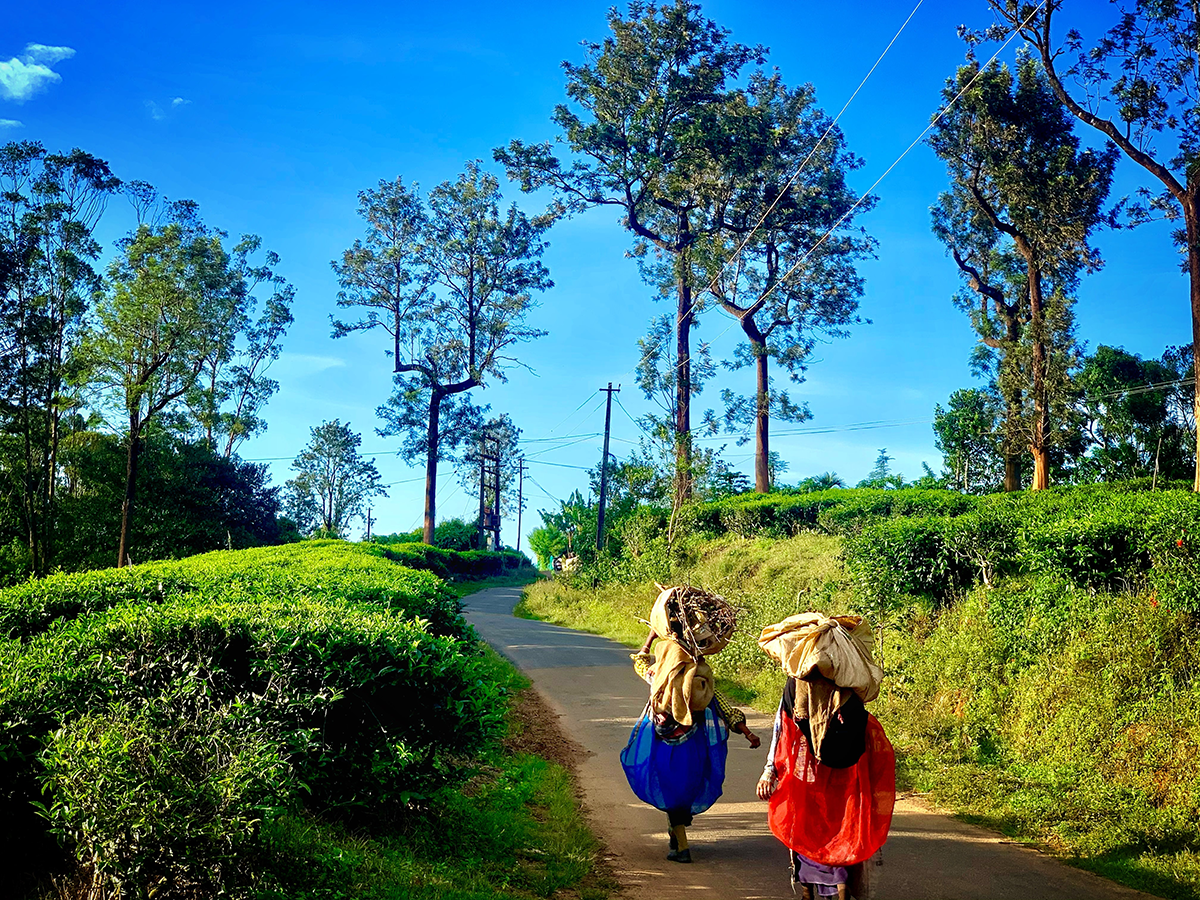Wayanad – An Exotic Travel Destination
The state’s best-known secret is Wayanad, Kerala’s least populated and most attractive district. Wayanad is “the” hill station of choice in South India, boasting misty mountains, magnificent forests, clear rivers, and tumbling waterfalls. The region is renowned for its untainted wilderness and wildlife parks and are highly popular among tourists and travelers. It’s interesting to note that Wayanad has a history that has been documented since the 10th century A.D. The pictorial engravings on the walls of the Edakkal caves indicate that people have likely been living in these woodlands since the Neolithic Age. The area is revered and mystified by the ancient temples that are encircled by mountains and forests. One can make the most of this breathtaking area in North Kerala by cycling over winding roads, trekking to mountain-top lakes and caves, and bamboo rafting down rivers. But the best way to see Wayanad is via a bike tour through the nearby hamlets and paddy fields.
Chembra Peak Trek
There are dense forests and lovely pastures throughout this 3-kilometer hike to Wayanad’s highest mountain. The trip leads you across rocky terrain and past a heart-shaped lake that is thought to have never dried up to the peak that borders the Nilgiri Hills in Tamil Nadu. It is the ideal combination of breathtaking natural beauty and strenuous adventure. It is must visit for trekkers and adventurers.
Tholpetty Wildlife Reserve
The Tholpetty Wildlife Sanctuary, a part of the Nilgiri Biosphere Reserve is a haven for intriguing aviaries, home to everything from Pond Herons to Plum-Headed Parakeets. By casting a broader net, you can spot animals quenching their thirst by the lake or, with any luck, those looking for a fast snack. The best way to explore the green forest and wildlife at Tholpetty is through a jeep safari conducted by the Forest Department. Organized twice a day, the jeep safari lets you spot wild animals and birds up close in their natural habitat.
Edakkal Caves
Climb the steep trek to the two natural caverns for a glimpse into Wayanad’s ancient past because it is the only spot in India having drawings from the Stone Age. This location, 1200 meters above sea level, also has a pleasant outlook. While taking in the expansive view of the beautiful green surroundings below, you can feel the cool morning breeze caressing you as it passes.

Bamboo Rafting
Enjoy this antiquated mode of water travel while traveling over the tranquil waters of the Vythiri River. Aside from relaxation and the sights, you might also have a refreshing freshwater swim to cool off after your rafting excursion. The water is always enticingly cold, regardless of the weather, providing visitors an extra reason to jump in.
Tea Estate and Plantations
Nothing beats having a decent cup of tea when you first wake up. Visit the tea nursery to learn more about how this magnificent elixir was created and how it all started. There are many steps used to guarantee that each tea bush produces superior quality tea leaves deserving of being harvested on disease-resistant plants, from propagation to grafting. Continue to the tea fields and attempt to pick the “two leaves and a bud” that the local pluckers are pros at. Before you go to the tea factory, learn more about the advantages of pruning.
As you approach the facility, the intoxicating scent of tea welcomes you. Spend some time strolling past several phases of tea processing, including withering and oxidation, and crushing and rolling using equipment imported initially from Scotland. When you think you have it all figured out, discover the basics of tea tasting and how to make the ideal cup. When you return home, you should definitely brag about this.
Best Time to Visit Wayanad
Choose a time between early September and the end of March for a brighter sky. Watch for magnificent sunsets from early November through March, when the beaches are at their prettiest.
- With the North-West monsoons, mid-October and November have a considerable amount of rain.
- There are hot, humid summers with reasonable outdoor temperatures from April through May.
- Monsoon season begins the first week of June and lasts until the end of August. This trip is unlike any other because of the cool temperatures, cloudy skies, and lush surroundings.









